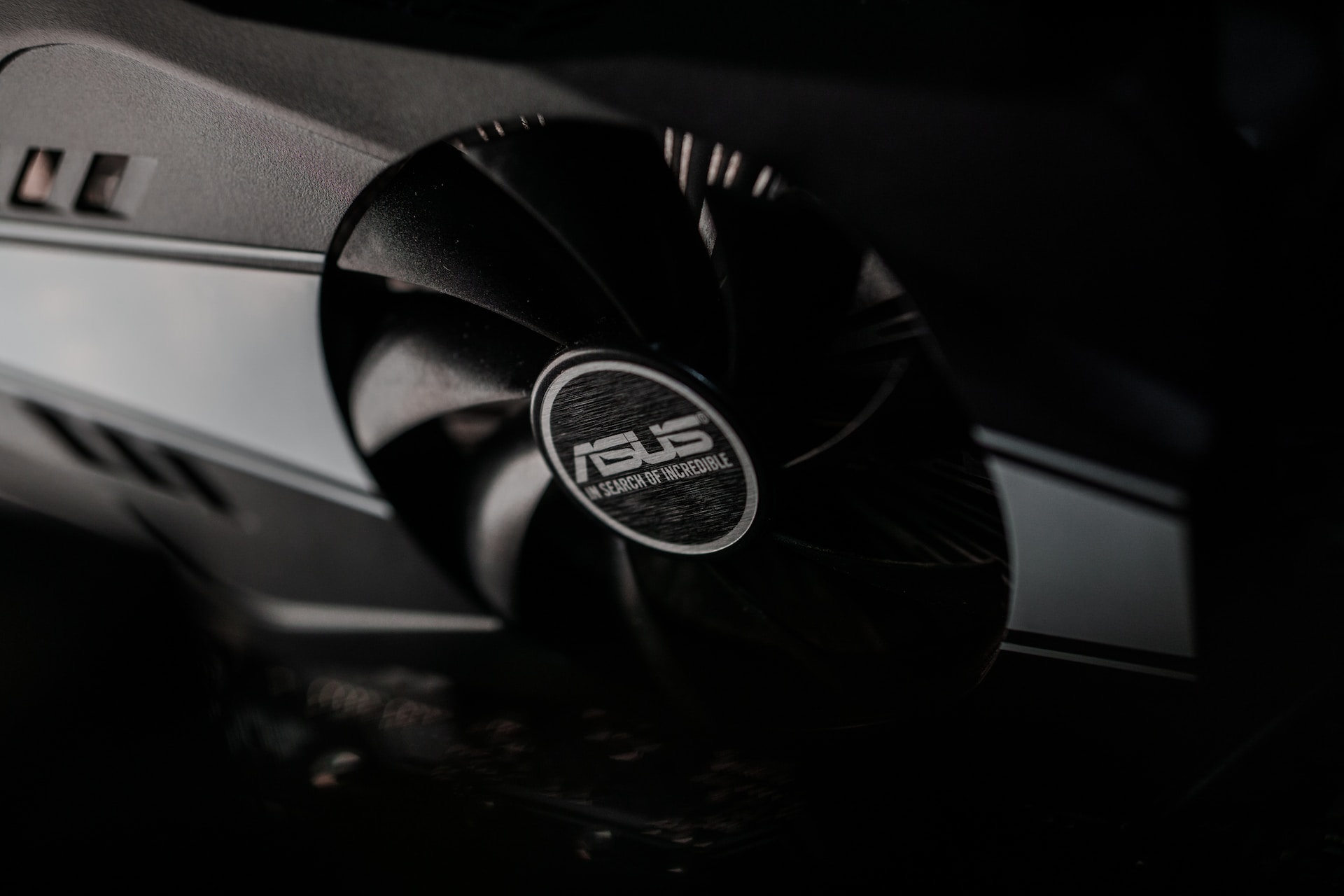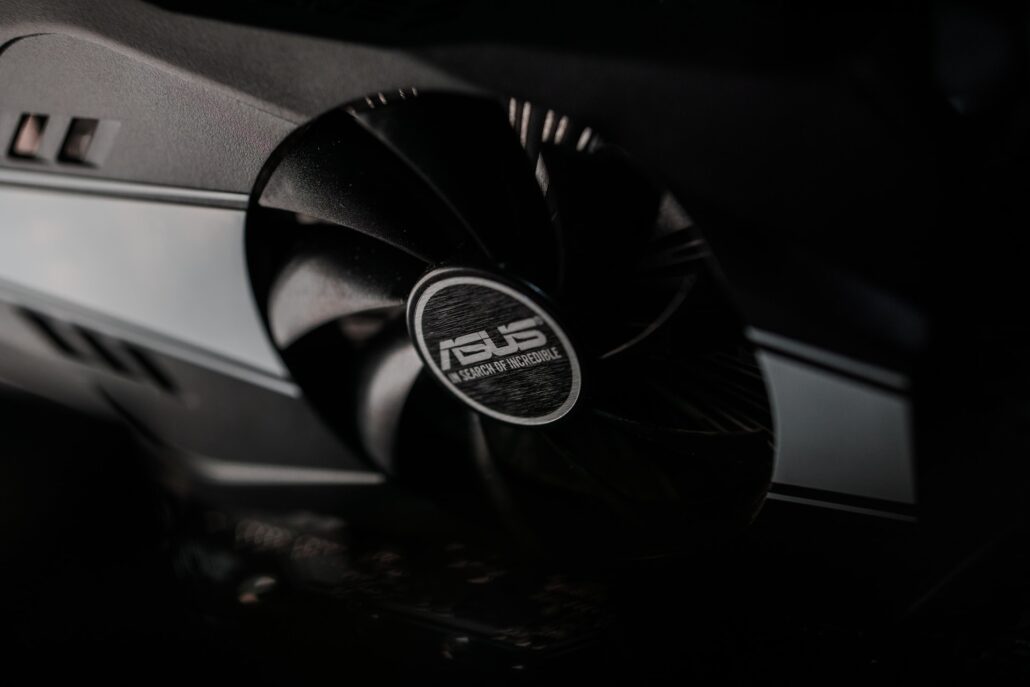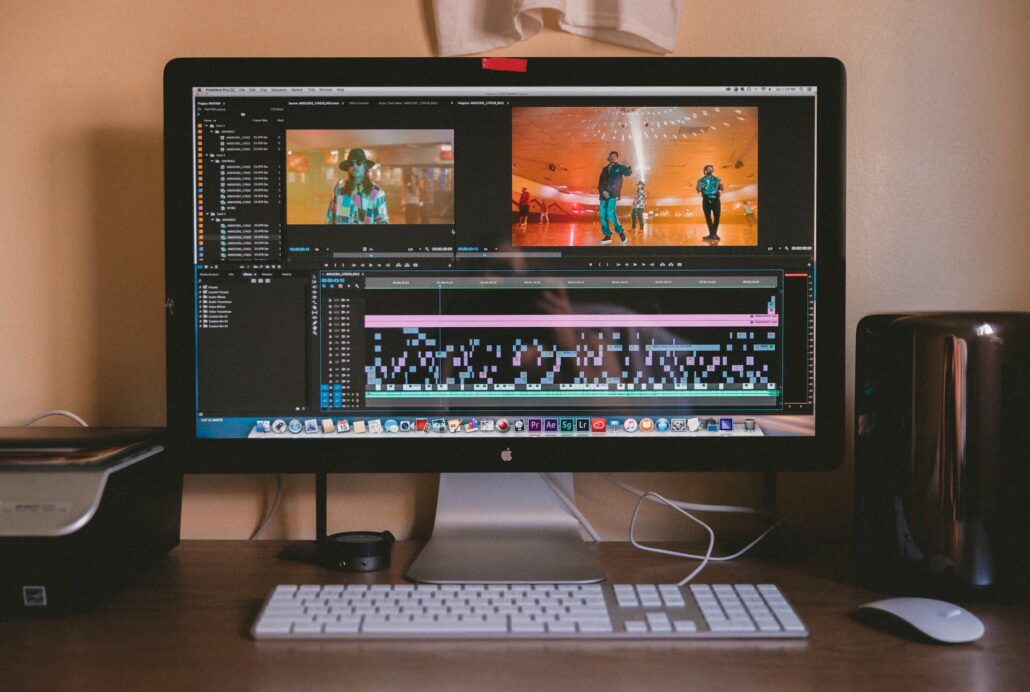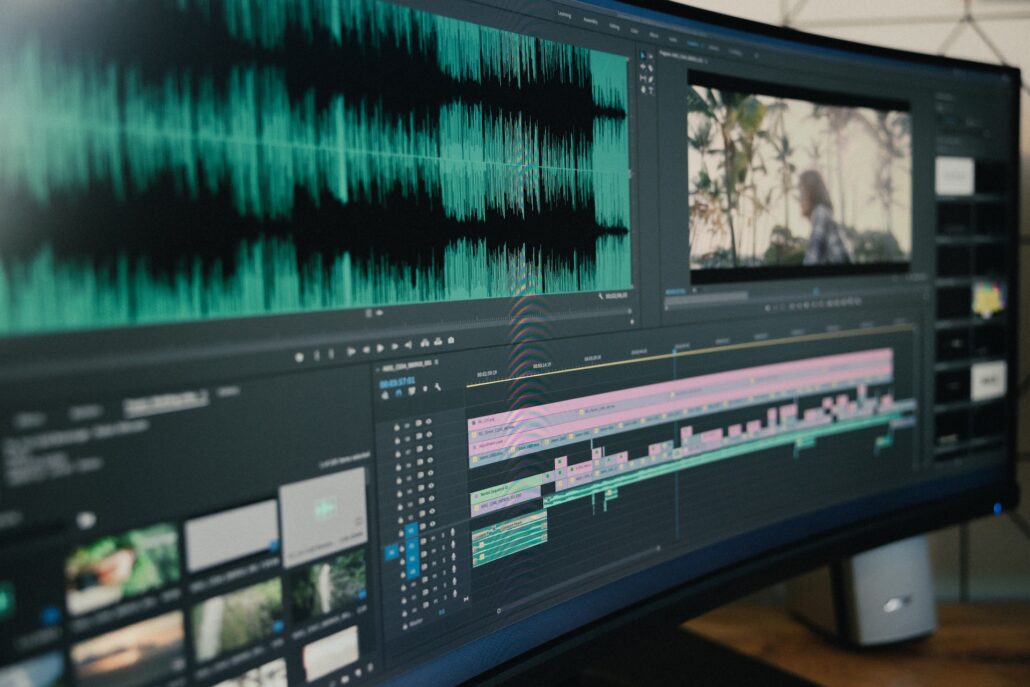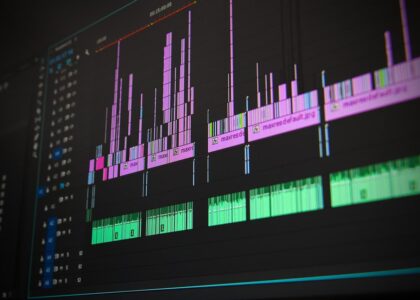A wide range of devices are currently available to the consumer that allow you to digitize analog video. Among them there are several main groups. The most expensive are capture cards with hardware video compression. Such cards are capable of digitizing analog video and compressing it “on the fly”, usually into MPEG-2 or DV format. A popular representative of this class of card is Canopus ACEDVio. There are also external solutions of this kind – converters for USB/FireWire connection, such as Pinnacle MovieBox USB. The next class of devices are video capture cards without hardware compression. Very often such cards are also equipped with a TV receiver. The vast majority of such cards used to be based on the Conexant bt848 video digitizing chip and its successor bt878 (like my Aver TV-studio 203). Recently, newer chip-based digitizing chips have been gaining traction: Conexant cx2388x and Philips SAA713x, which provide higher quality of digitization (Philips is especially good for records in SECAM standard, which is used in TV in the former 80s). Thus, the new capture cards Aver TV 301/305/307 contain a chip to digitize video Philips. You can read more about the different capture cards and video digitizers (including those with TV receivers) in the relevant sections: Digital Video and TV-out and TV tuners, as well as on the TV & FM tuners site.
The next class of devices are video cards with the ability to digitize video. These devices are built around the same video digitizing chips as standalone TV tuners. Video cards with the ability to digitize video are produced by all kinds of video card manufacturers (nVidia, ATI). Among these video cards there are two big classes: with a TV receiver (e.g. ATI All-in-Wonder line) and without a TV receiver (e.g. ATI VIVO line – video in, video out). You can read more about different video cards with video capturing and digitizing functions (including those with TV receivers) in the corresponding section.

